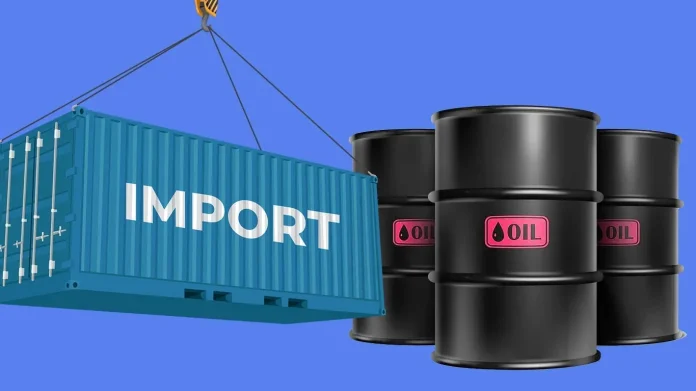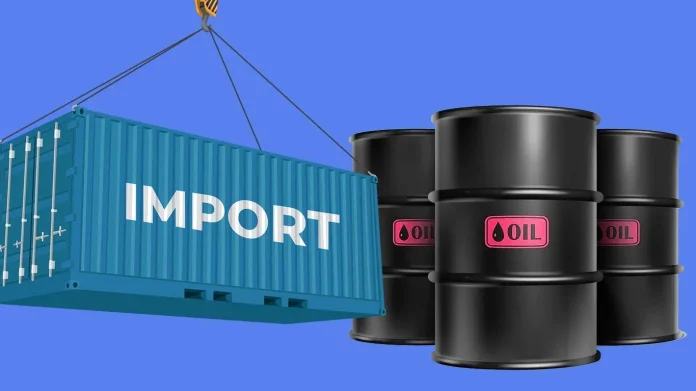
Ghana’s import cover has risen to 4.8 months by June 2025, marking its strongest position in years according to Bank of Ghana data.
This metric reflects the duration foreign reserves can finance imports without new currency inflows, a critical stability indicator for trade-reliant economies.
The improvement signals enhanced capacity to manage essential commodity imports like fuel, food, and pharmaceuticals.
Gross International Reserves surged to $11.12 billion by mid-2025, up from $6.86 billion a year earlier. Usable reserves excluding funds committed to debt obligations stand at $8.86 billion, providing 3.8 months of effective import coverage compared to 2.6 months in June 2024. Central bank records confirm steady growth from 3.4 months in mid-2024 to 4.3 months by December before the current peak.
Economists note that import cover below safe thresholds historically triggered cedi depreciation, inflation spikes, and supply disruptions, as witnessed during Ghana’s 2022–2023 reserve crisis.
The current buffer mitigates risks from global oil volatility or delayed donor inflows. Sustaining this position requires prudent management, as reserves rely heavily on gold exports, trade balances, and debt restructuring inflows.
While the rebound offers economic breathing space, long-term stability hinges on maintaining export competitiveness and disciplined fiscal policies under President John Mahama’s administration.
